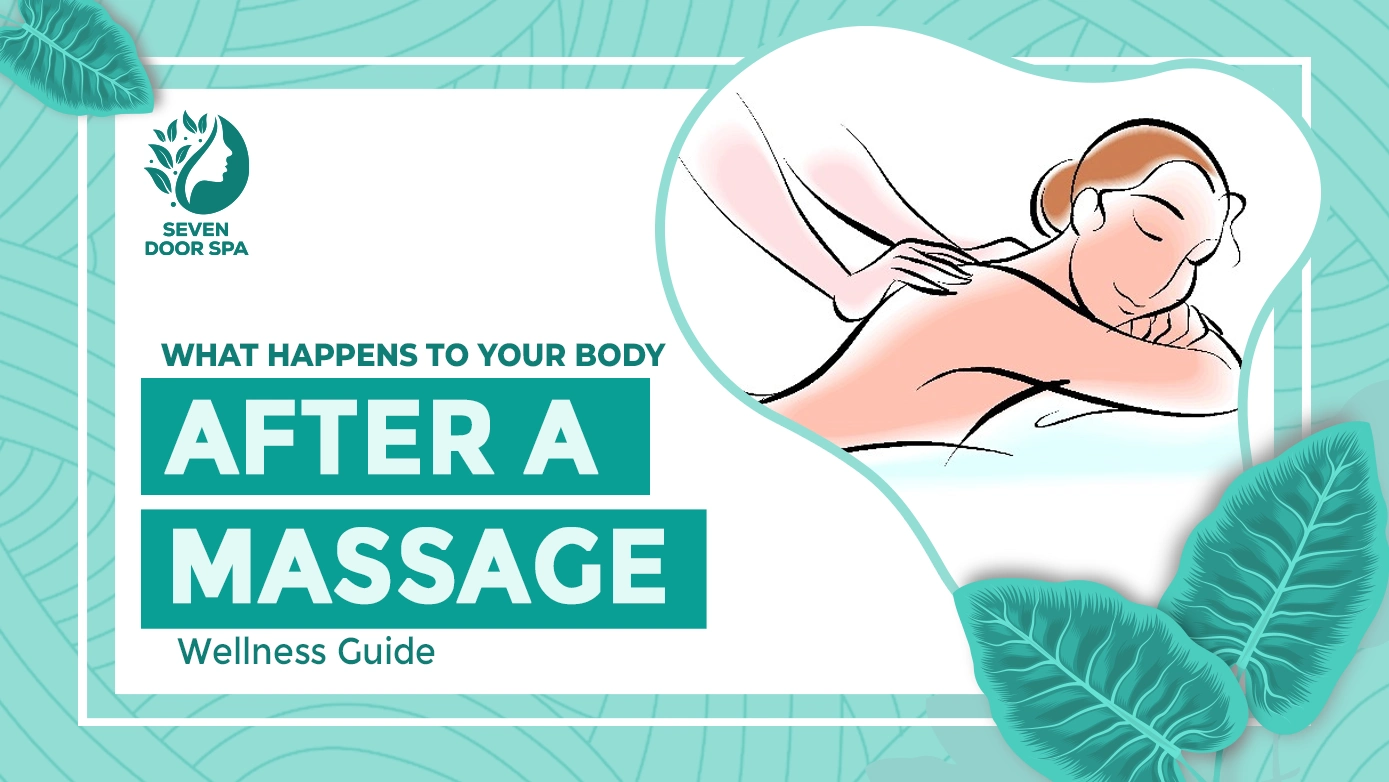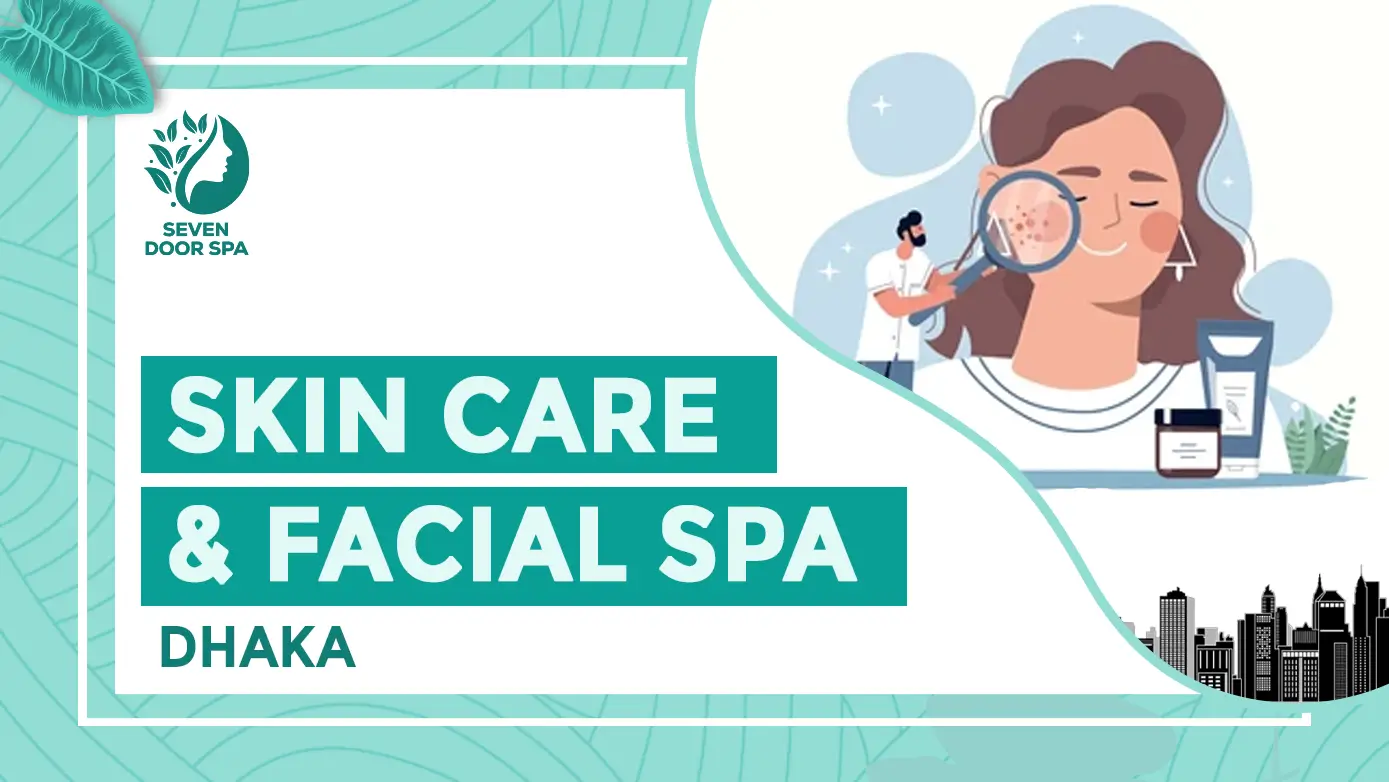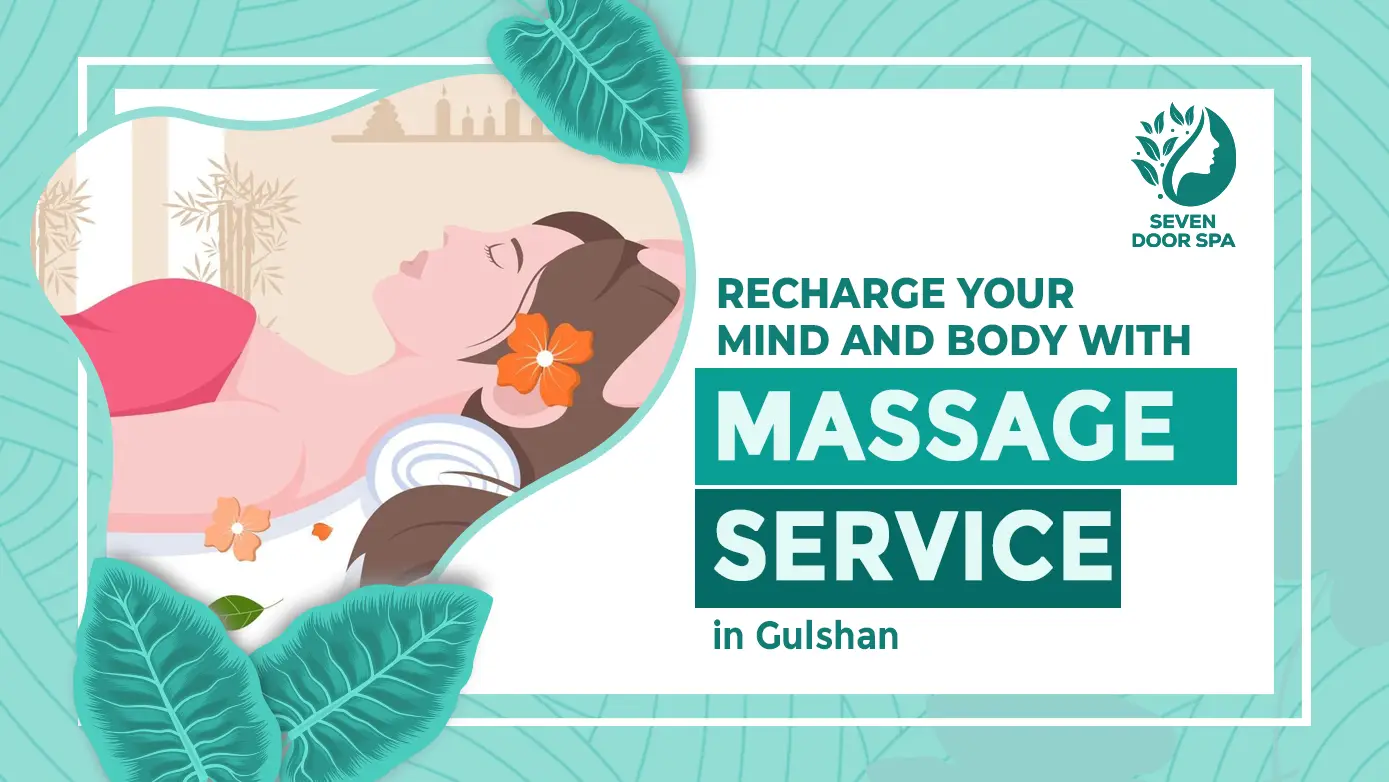If you’ve ever stepped out of a massage room feeling lighter, calmer, or even a little sleepy, you’ve probably wondered what happens to your body after a massage. The truth is, the benefits go far beyond a moment of relaxation — your muscles, circulation, and even your nervous system all respond in measurable ways.
For first-timers, this sparks curiosity: Will I feel sore? Will it make me sleep better? For regulars, it’s about learning how to maximize results. And for wellness enthusiasts, it’s about understanding the science behind the soothing touch.
Let’s explore what happens to your body after getting a massage — physically and mentally.
What Happens to Your Body After a Massage?
Massage triggers a cascade of physical, mental, and emotional responses that begin almost immediately and can continue well beyond the session. Understanding these effects helps you appreciate both the instant relief and the long-term wellness benefits.
Short-Term Relaxation Benefits
-
Muscle Relaxation and Flexibility
Massage immediately eases tension in tight muscles. Techniques such as kneading, stretching, and targeted pressure help break up adhesions, reduce stiffness, and improve range of motion. This provides instant comfort and leaves your body feeling looser and more flexible.
-
Improved Circulation and Oxygen Flow
By stimulating blood flow, massage increases the delivery of oxygen and nutrients to muscle tissues while flushing out metabolic waste. This helps reduce soreness, swelling, and fatigue, giving you a renewed sense of energy and vitality.
-
Stress Relief and Mood Enhancement
During a massage, cortisol levels drop while serotonin and dopamine — the body’s “feel-good” chemicals — rise. This produces a profound sense of calm, reduces anxiety, and elevates mood, leaving you mentally refreshed and emotionally uplifted.
-
Nervous System Relaxation
Massage activates the parasympathetic nervous system, slowing heart rate, lowering blood pressure, and signaling your body to enter a restorative “rest and digest” mode. This immediate physiological shift promotes deep relaxation and helps the body recover from daily stressors.
-
Enhanced Lymphatic Flow
Gentle manipulation of tissues stimulates lymphatic drainage, supporting the removal of toxins and reducing swelling. This contributes to the light, rejuvenated feeling many people experience right after a session.
-
Better Sleep and Recovery
By calming the nervous system and balancing stress hormones, massage creates optimal conditions for restorative sleep. Many people experience easier sleep initiation and deeper, more refreshing rest immediately following a session.
Long-Term Wellness Impacts
-
Sustained Muscle Relaxation and Flexibility
Regular massage prevents chronic stiffness and maintains supple muscles and connective tissues. Over time, this improves posture, reduces the risk of injuries, and supports long-term mobility and comfort.
-
Cardiovascular Health
Consistent sessions enhance circulation and lower blood pressure, supporting overall heart health. By reducing stress and promoting relaxation, massage contributes to long-term cardiovascular well-being.
-
Chronic Pain Relief
Massage addresses persistent pain by improving circulation, reducing inflammation, and increasing flexibility. Over time, it can help manage conditions like back pain, arthritis, and tension-related discomfort.
-
Posture and Alignment
By relieving tension and balancing muscles, massage helps correct imbalances that cause poor posture. Improved alignment reduces strain on the body, preventing pain and supporting long-term musculoskeletal health.
What Sensations Are Typical After a Massage?
Beyond the physical and physiological effects, massage also produces a variety of sensory experiences that can vary depending on the technique, intensity, and your body’s condition. These sensations are often what make a session feel so unique and memorable:
- A Floating or Light Feeling: Many people describe a sense of buoyancy or looseness in their limbs, as if tension has melted away. This sensation often contributes to that “walking on air” feeling after a session.
- Mild Tenderness or Sensitivity: Especially following deep tissue or sports massages, certain areas may feel slightly sore. This is a normal response as your body adjusts and muscles release stored tension.
- Warmth or Tingling: Gentle pressure and stretching can stimulate nerve endings and increase blood flow to treated areas, producing a pleasant tingling or warming sensation throughout muscles and joints.
- Emotional Release: Massage can sometimes trigger subtle emotional responses. You may feel unexpectedly reflective, calm, or even tearful — a sign of stress and tension being released at both a physical and emotional level.
- Heightened Body Awareness: After a session, many people notice increased awareness of posture, alignment, and muscle engagement, helping them tune into areas that need extra care.
Do Different Types of Massages Have Different Effects?
Definitely — no two massages feel the same, and each one leaves your body and mind in a slightly different state. Choosing the right type often depends on what your body is asking for.
Swedish Massage
Think of this as the classic “stress melt-away” massage. With smooth, flowing strokes and gentle pressure, Swedish massage helps your muscles loosen without pain and encourages your nervous system to shift into pure relaxation mode. Perfect if you want to walk out feeling lighter, calmer, and mentally refreshed.
Deep Tissue Massage
This one goes deeper — literally. The pressure focuses on stubborn knots and tight fascia, the connective tissue around muscles. Since it works so intensively, many people ask how often they should get a deep tissue massage to balance muscle recovery with long-term relief.
Sports Massage
Favored by athletes, but not limited to them. It combines stretching, targeted pressure, and movement to keep muscles performing at their best. Whether you’re training hard, recovering from a workout, or just need to keep up with an active lifestyle, this style helps your body bounce back quicker.
Hot Stone / Aromatherapy Massage
More about indulgence than intensity, these styles layer on sensory experiences. Heated stones bring soothing warmth that loosens muscles effortlessly, while essential oils in aromatherapy massage elevate mood and calm the mind. These sessions feel like a full-body reset for both body and spirit.
How Soon Do the Benefits of Massage Show Up?
Many people wonder how long until massage benefits show up, and the answer varies depending on the body and type of massage.
Effects begin almost immediately, as the session encourages a subtle shift in muscle tension, energy, and mental clarity. You might notice a feeling of lightness or ease during the massage itself, signaling that your body is starting to respond.
In the hours afterward, these initial sensations can evolve into a deeper sense of relaxation or mild soreness as muscles adjust. Some people observe small improvements in mobility, flexibility, or emotional calm the next day, reflecting the ongoing influence of the massage on both body and mind.
With regular sessions, the benefits become more pronounced and lasting. Over time, your body adapts to reduced stiffness, improved alignment, and a more resilient response to stress.
Ultimately, massage operates on multiple timelines: immediate effects are felt during the session, intermediate changes appear over the next hours or day. And, long-term wellness develops through consistent practice, giving both body and mind lasting rewards.
Are There Risks or Things to Watch Out For?
Massage is generally safe for most people. But it’s important to be aware that your body may respond differently depending on your health status, the type of massage services, and the pressure applied.
Some mild and temporary effects are normal, such as slight soreness, fatigue, or minor tenderness in areas that were deeply worked. Rarely, individuals may notice minor bruising when intense pressure or deep tissue techniques are used.
However, certain health conditions warrant extra caution. People with blood-clotting disorders, severe osteoporosis, acute injuries, open wounds, or active infections should consult a healthcare professional before scheduling a massage.
Likewise, specialized forms of massage—such as breast or post-surgical massage—should only be performed by trained practitioners who follow medically approved techniques, ensuring safety while addressing lymphatic drainage, pain relief, or recovery purposes.
Final Thoughts
So, what happens to your body after a massage therapy? Or how does your body feel after a massage? In the short term, you can expect relaxed muscles, calmer breathing, and a lighter mental state. Over time, massage can transform your relationship with stress, pain, and sleep quality.
At Seven Door Spa, our trained therapists design each massage to optimize these benefits, ensuring every session leaves you feeling renewed, balanced, and cared for.
Whether you’re a first-timer curious about the sensations or someone exploring the science behind touch, massage at Seven Door Spa offers a personalized experience that promotes lasting well-being.
Frequently Asked Questions
What happens to your body after a lymphatic massage?
A lymphatic massage feels lighter than a typical deep-tissue session. The gentle, rhythmic strokes help move fluid through your lymph system, which reduces puffiness, eases swelling, and supports your immune system. Many people walk away feeling less bloated and more refreshed, like their body has “decluttered” from the inside out.
What happens to your body after a deep tissue massage?
Building on that light, refreshed feeling, deep tissue massage works on underlying tension in muscles and connective tissues. Initially, mild soreness may occur, but over time, it releases chronic tightness and improves overall flexibility.
What happens to your muscles when you get a massage?
When a massage therapist works into tight areas, it’s like asking your muscles to finally exhale. Blood flow increases, oxygen moves in more freely, and those rigid fibers start to loosen. That’s why you walk out feeling less stiff, more flexible, and ready to move without the heaviness you carried in.
Does your body release toxins after a massage?
While massage does not literally release toxins, the combined effect of improved circulation and lymphatic flow helps the body process metabolic waste more efficiently. Also, supporting natural cleansing and contributing to that refreshed, light sensation.
What happens to your body when you get a massage regularly?
With regular sessions, your body adapts by staying more flexible, carrying less tension, and maintaining better posture without as much effort. Mentally, you become more resilient to stress, sleep more soundly, and feel calmer day to day.
What happens to your breast when you massage it?
When you massage your breast, circulation improves, tissues relax, and lymphatic flow may increase. This can ease discomfort, reduce swelling, and support breast health, though technique matters—gentle, informed massage is safest and most beneficial.




